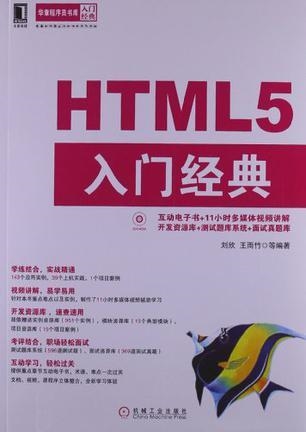我有一个公式列表,我使用lapply和lm来创建一个回归模型列表。 但是,当我查看每个线性模型的call组件时,不会看到显式公式,而是看到我解析为线性模型的变量的名称。 例如,使用mtcars数据集:
temp_formula_list = list(as.formula(hp~1),as.formula(hp~cyl)) temp_fm_list = lapply(temp_formula_list, function(x) lm(data = mtcars, formula = x))然后检查temp_fm_list[[2]]的call :
temp_fm_list[[2]]$call给
lm(formula = x, data = mtcars)当我希望它明确给予
lm(formula = hp~cyl, data = mtcars)I have a list of formulas, and I use lapply and lm to create a list of regression models. However, when I look at the call component of each linear model, instead of seeing the explicit formula, I see the name of the variable I parsed into the linear model. E.g. using the mtcars dataset:
temp_formula_list = list(as.formula(hp~1),as.formula(hp~cyl)) temp_fm_list = lapply(temp_formula_list, function(x) lm(data = mtcars, formula = x))Then examining the call of temp_fm_list[[2]]:
temp_fm_list[[2]]$callgives
lm(formula = x, data = mtcars)when I would like it to explicitly give
lm(formula = hp~cyl, data = mtcars)最满意答案
您可以使用bquote对语言进行一些简单的计算来构建您的呼叫。
temp_fm_list = lapply(temp_formula_list, function(x) { lmc <- bquote( lm(data = mtcars, formula = .(x))) eval(lmc) }) temp_fm_list # Call: # lm(formula = hp ~ 1, data = mtcars) # # Coefficients: # (Intercept) # 146.7 # # # [[2]] # # Call: # lm(formula = hp ~ cyl, data = mtcars) # # Coefficients: # (Intercept) cyl # -51.05 31.96注意
function(x) do.call('lm', list(formula = x, data = quote(mtcars))也会工作
其他方法....
即使使用原始调用,也可以从与模型关联的terms对象中重新创建公式
例如
x <- hp ~ cyl lmo <- lm(formula = x, data = mtcars) formula(lmo) ## hp ~ cyl lmo$call # lm(formula = x, data = mtcars)如果你愿意,你可以混淆这个call对象(虽然这是相当危险的做法)
# for example lmo$call$formula <- x lmo$call ## lm(formula = hp ~ cyl, data = mtcars) ## however you can create rubbish here too lmo$call$formula <- 'complete garbage' lmo$call ## lm(formula = "complete garbage", data = mtcars) # but, being careful, you could use it appropriately temp_fm_list = lapply(temp_formula_list, function(x) { oo <- lm(data = mtcars, formula = x) oo$call$formula <-x oo }) temp_fm_list # Call: # lm(formula = hp ~ 1, data = mtcars) # # Coefficients: # (Intercept) # 146.7 # # # [[2]] # # Call: # lm(formula = hp ~ cyl, data = mtcars) # # Coefficients: # (Intercept) cyl # -51.05 31.96You can do some simple computing on the language using bquote to construct your call.
temp_fm_list = lapply(temp_formula_list, function(x) { lmc <- bquote( lm(data = mtcars, formula = .(x))) eval(lmc) }) temp_fm_list # Call: # lm(formula = hp ~ 1, data = mtcars) # # Coefficients: # (Intercept) # 146.7 # # # [[2]] # # Call: # lm(formula = hp ~ cyl, data = mtcars) # # Coefficients: # (Intercept) cyl # -51.05 31.96Note that
function(x) do.call('lm', list(formula = x, data = quote(mtcars))Would also work
Other approaches....
Even with your original call you can recreate the formula from the terms object associated with the model
eg
x <- hp ~ cyl lmo <- lm(formula = x, data = mtcars) formula(lmo) ## hp ~ cyl lmo$call # lm(formula = x, data = mtcars)You can mess with this call object if you wish (although this is rather dangerous practice)
# for example lmo$call$formula <- x lmo$call ## lm(formula = hp ~ cyl, data = mtcars) ## however you can create rubbish here too lmo$call$formula <- 'complete garbage' lmo$call ## lm(formula = "complete garbage", data = mtcars) # but, being careful, you could use it appropriately temp_fm_list = lapply(temp_formula_list, function(x) { oo <- lm(data = mtcars, formula = x) oo$call$formula <-x oo }) temp_fm_list # Call: # lm(formula = hp ~ 1, data = mtcars) # # Coefficients: # (Intercept) # 146.7 # # # [[2]] # # Call: # lm(formula = hp ~ cyl, data = mtcars) # # Coefficients: # (Intercept) cyl # -51.05 31.96更多推荐








发布评论